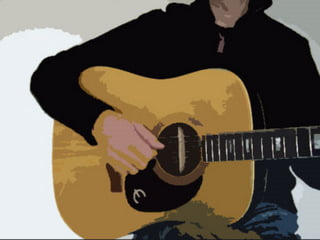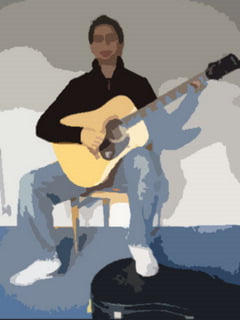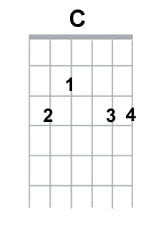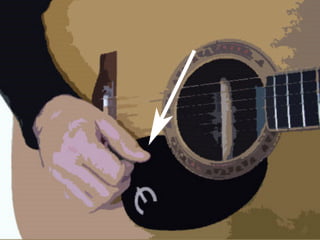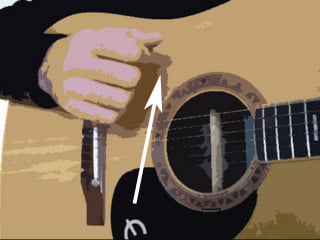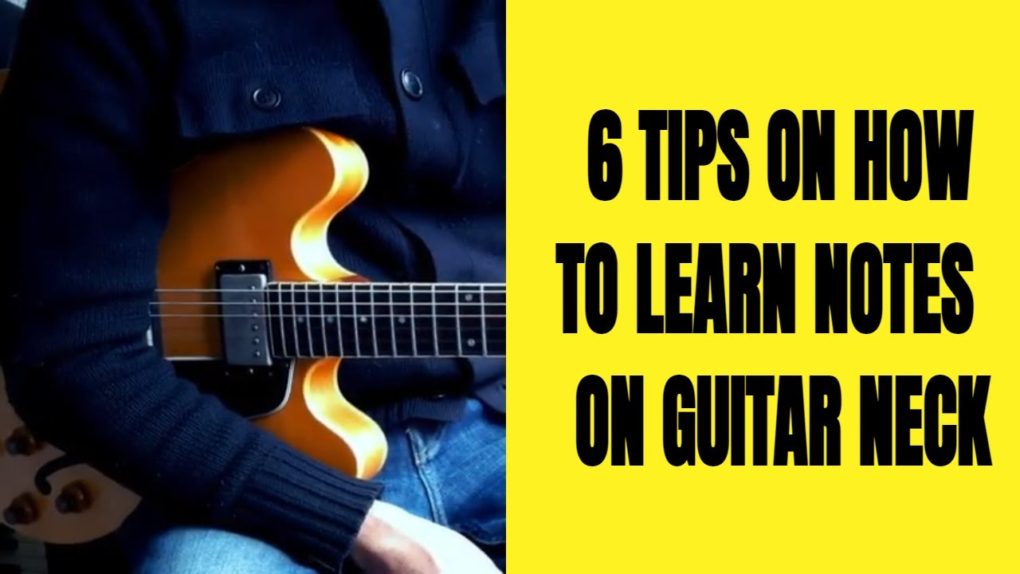Hey everyone, today I want to share my experience comparing two incredible acoustic guitars from Yamaha’s A3M series. Having owned the old version for over a decade, it has been my loyal workhorse, perfect for gigs and long hours of play. But curiosity got the better of me, and I couldn’t resist trying out the revamped version to see if it could live up to its predecessor’s glory.
Let’s start with the old version. What drew me to it initially was its alluring vintage look, reminiscent of classic guitars. What set it apart was the thin electric guitar neck, which made playing for hours a breeze, especially during those jam-packed gig days. The preamp setup was a winner for me, boasting three types of microphones and a tuner. This combination resulted in a realistic and rich sound that truly stood out among other acoustic guitars.
The revamped version, on the other hand, featured a slightly different design both internally and externally. The bracing changes gave it a fatter sound, which was appealing in its own way. However, there were some trade-offs. The tuner was missing, and the preamp turned out to be noisier, with a peculiar honky resonance that was hard to ignore. Visually, the revamp went for a more modern look, akin to guitars from brands like Taylor.
Both guitars come with padded gig bags, making them ideal companions for musicians on the go. They are both affordably priced, being manufactured in China, but there is also a pricier Japanese version available.
As a musician, my focus has always been on live performances, although I do some recording too. For those who prioritize recording, the revamped version might be the better choice due to its improved acoustics. But for live players like me, who rely on plugging straight into the PA or front-of-house system, the old version truly shines.
Ultimately, choosing between the two depends on your musical preferences and needs. The old version, with its vintage charm and reliable preamp setup, works like a charm for live gigs and performances. And as it has been around for quite a while, you might even find it at a more budget-friendly price nowadays.
On the other hand, the revamped version has its appeal with the fatter sound and sleek design. If recording is your primary focus, it might be worth giving it a shot.
To sum up, both guitars have their merits, and it’s challenging to declare one as outright better than the other. They each cater to different musical requirements, so the choice ultimately falls upon the type of musician you are. I hope my experience with these Yamaha A3M guitars helps you in making an informed decision.



